The Incorrigible Giantess (2022)
![Titanomachia, oil on canvas, 170x300 cm]()


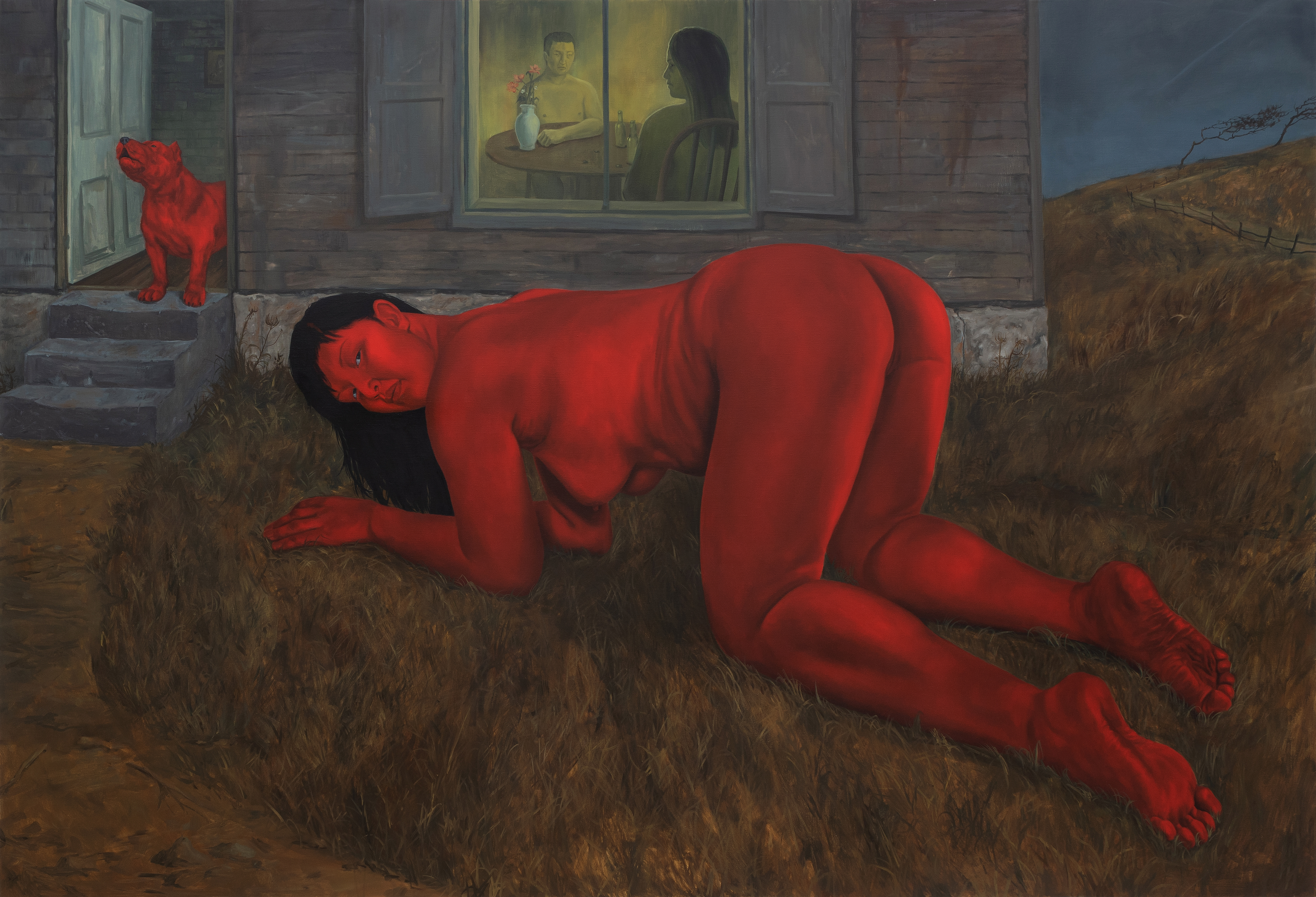

 .
. 
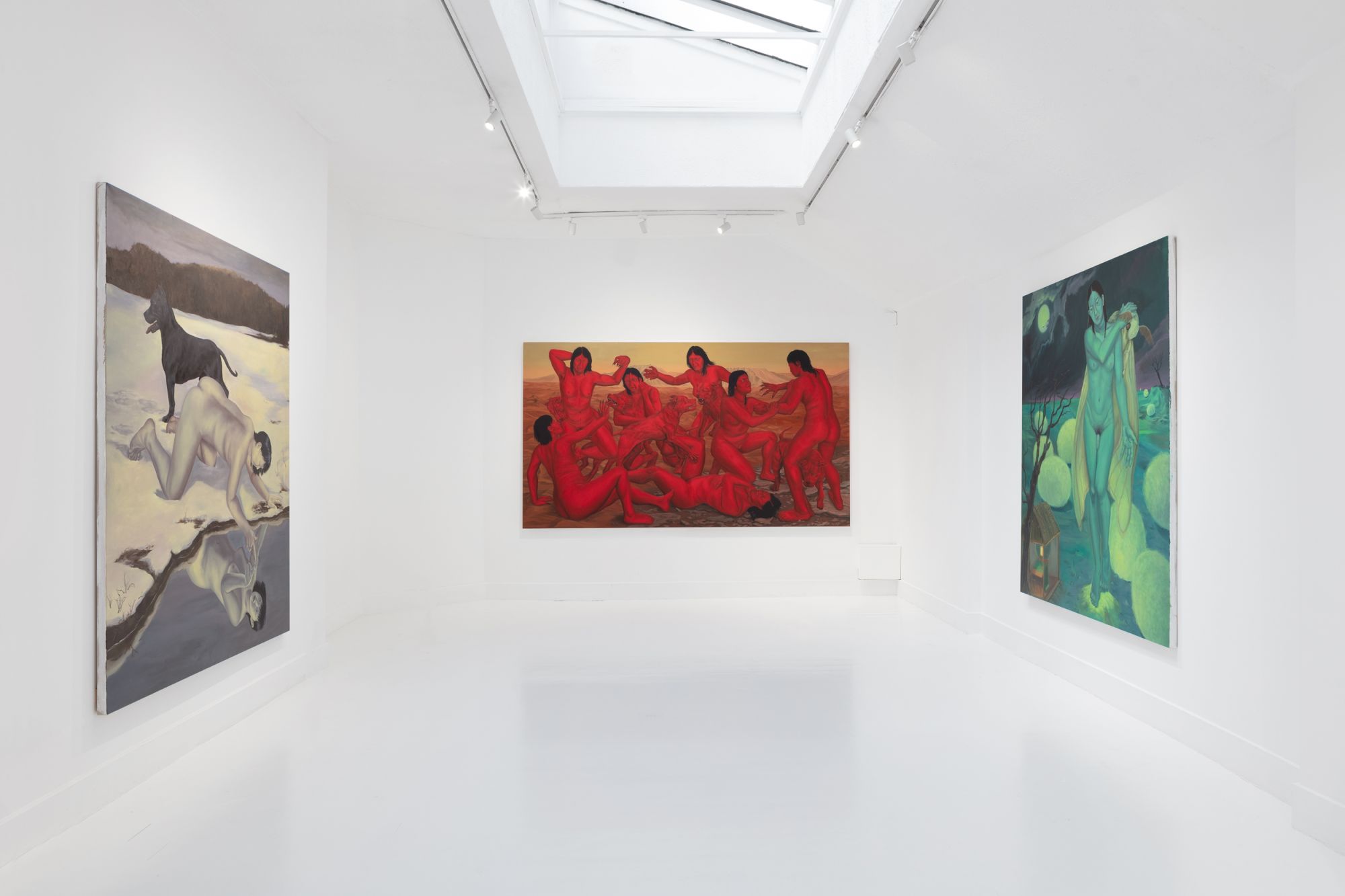
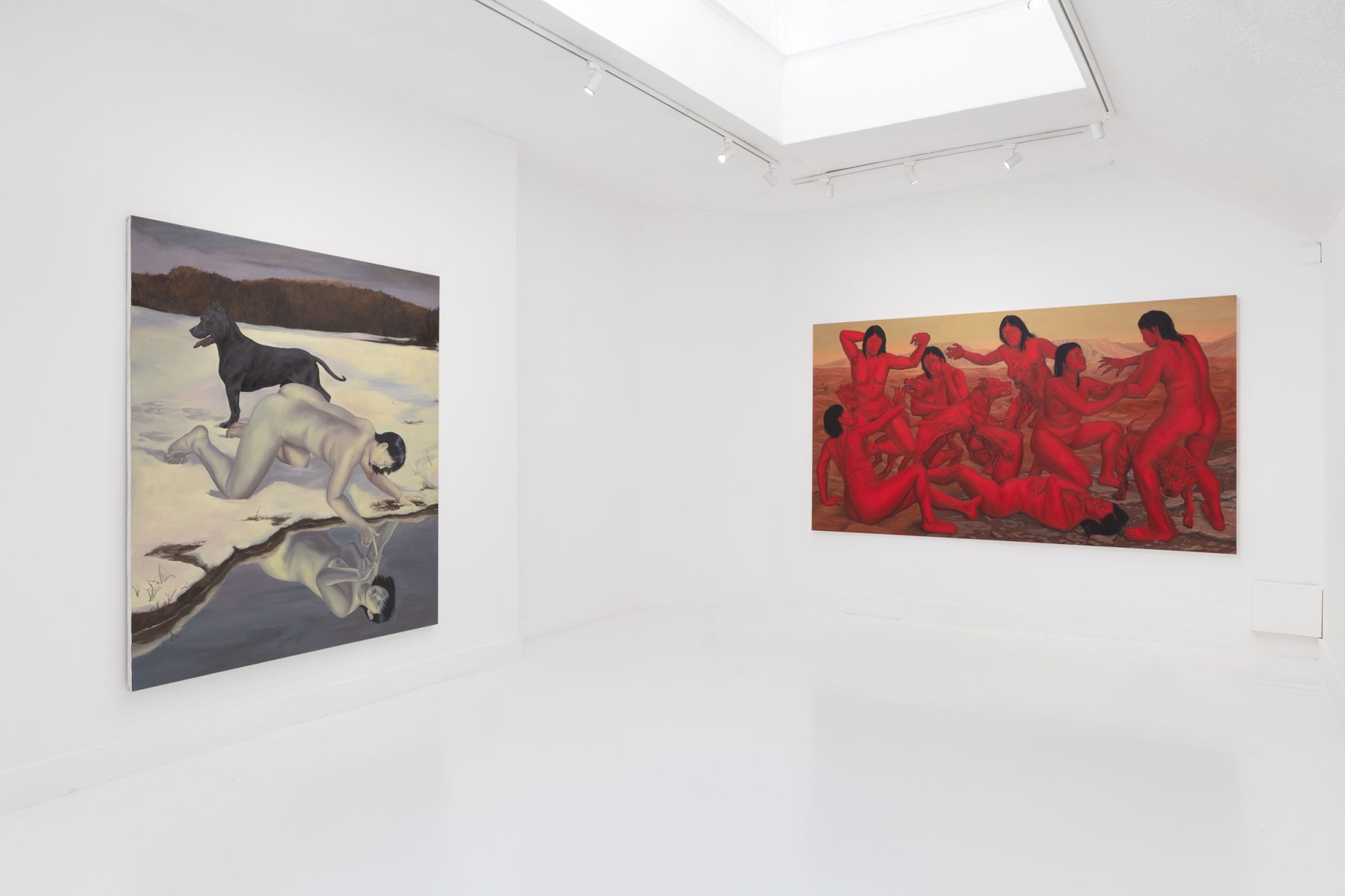
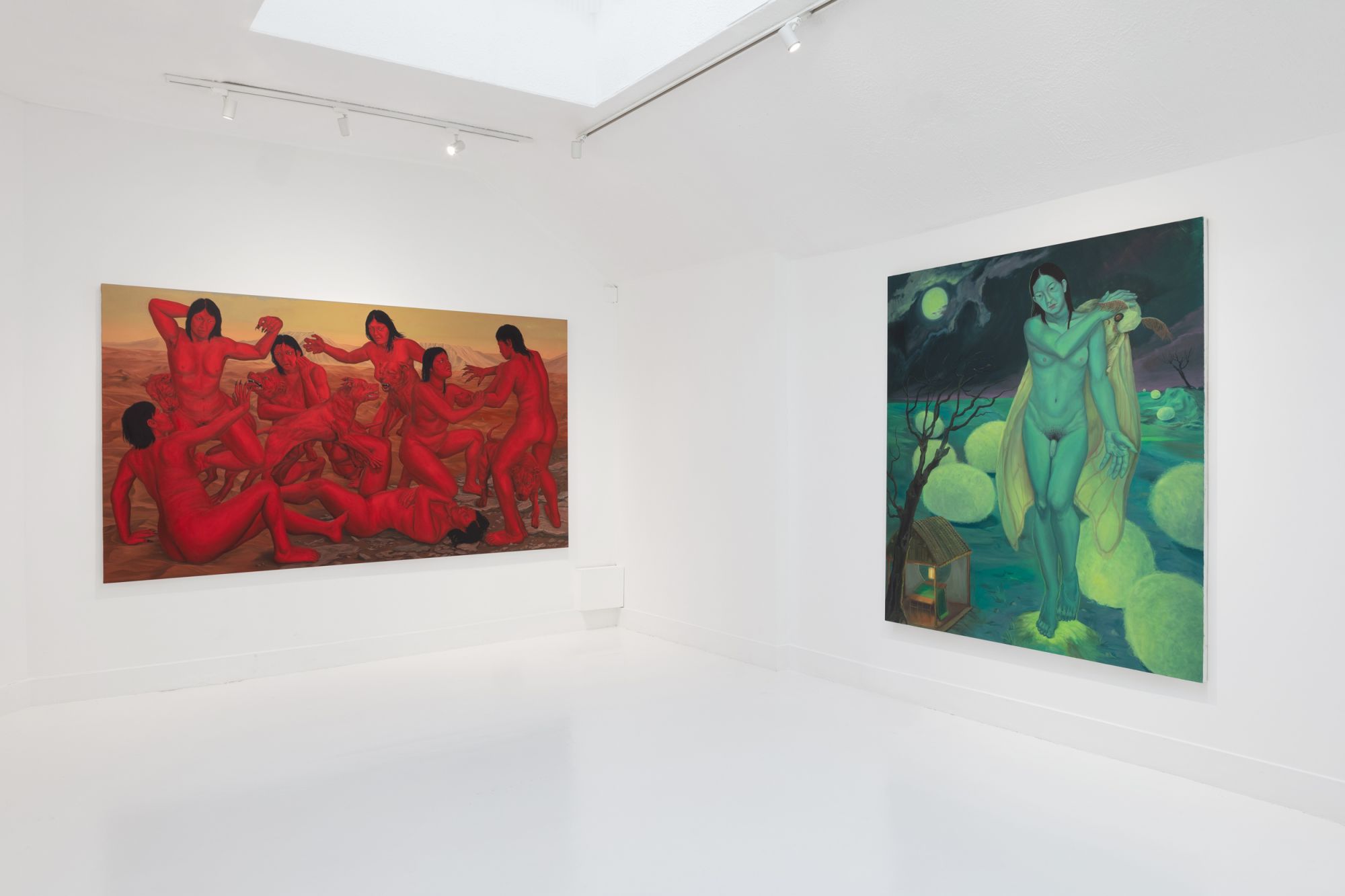
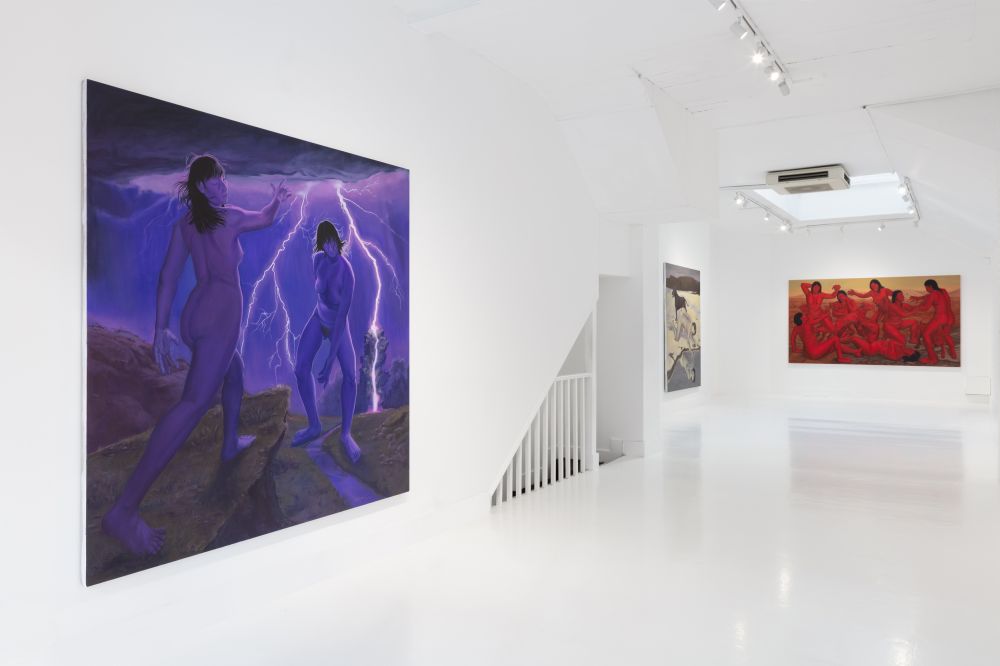
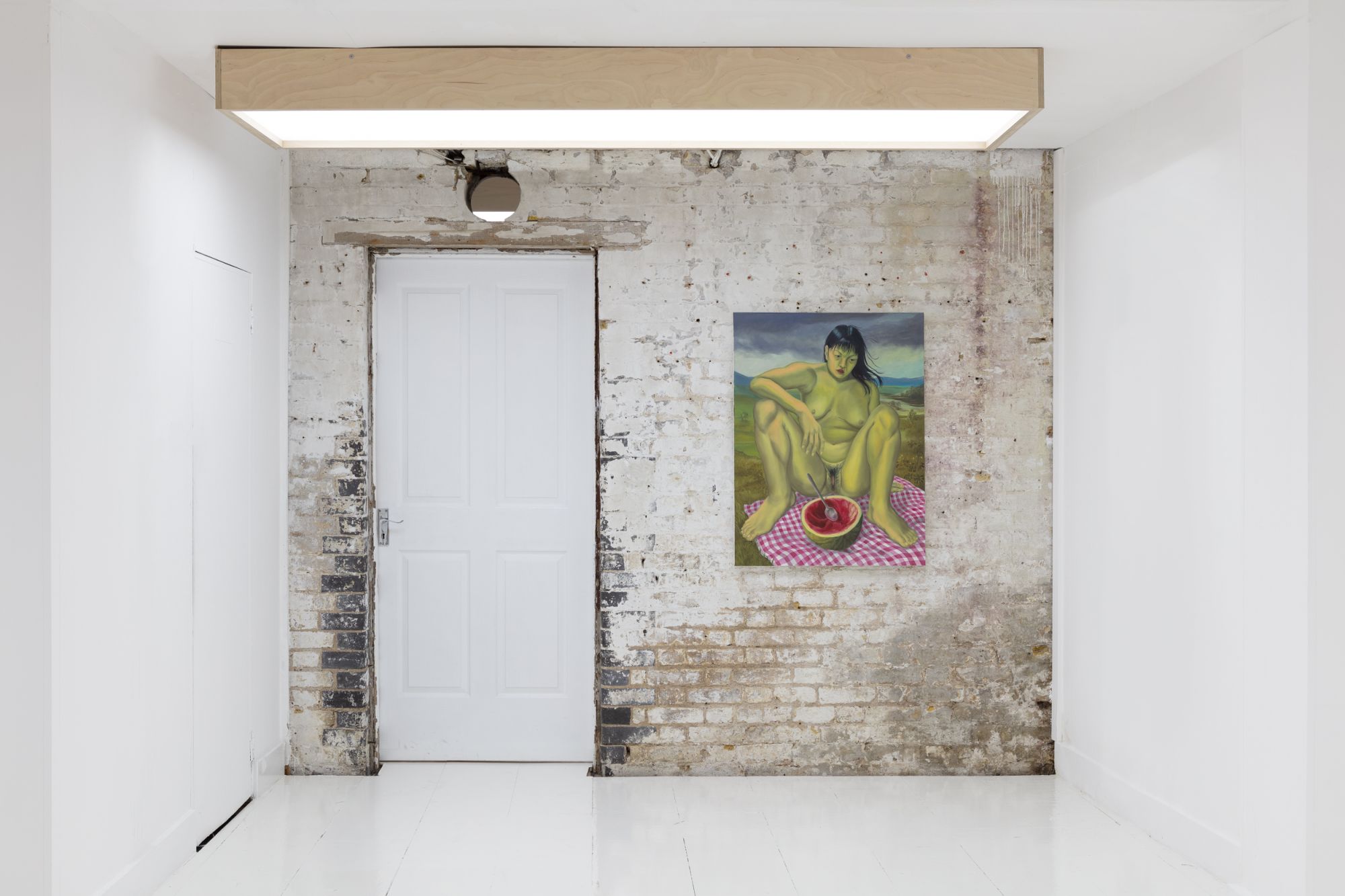
PM/AM, London
June 10–July 04, 2022
PM/AM, is pleased to present Amanda Ba’s first solo presentation, The Incorrigible Giantess, the culmination of a seven-month residency with the gallery.
In The Incorrigible Giantess, Amanda Ba offers us passage into the surreal and mythological world of the Giantess. These Giantesses are imposing in presence and blasé in their nakedness—their nudity is presented as simply matter of fact, and possesses nothing spectacular by way of ontology. Using the image of the Giantess, Ba wields a politics of counter-representation, one that refuses the Western-imposed ornamentalism of ‘orientalized’ femininity, and seeks to find new grounds through queer, postcolonial and post-human thought, destabilizing the figure of the diminutive yellow woman.
The title of the show is in part drawn from Foucault’s 1975 lecture on the Abnormal, in which he lays out a historical framework for moral deviance that is predicated on monstrosity and sexual transgression, defining those who transgress as those who are incorrigible. For Ba, to be an Incorrigible, to refuse to be rectified, is to claim queerness and deviance as a state of abnormality that challenges new agendas and technologies of correction in a sort of arms race between incorrigibility and rectifiability, pushing towards a radically disobedient horizon. In the large painting What is a Home to a Giantess?, we see a massive figure on all fours outside of a rural Wyeth-ian house, her enormous scale exceeding that of the domestic, and refusing to be shamed in her display of overt sexuality.
Ba’s interest in theoretical text and historical literature emerges throughout her commanding paintings—in Titanomachia, a parallel is drawn between the origins of her Giantesses and the mythological Greco-Roman battle between Titans and Olympians that would decide who would have dominion over the universe. Quantum Desire (Lightning’s Longing) refers to an essay by Karen Barad, in which Barad argues for quantum indeterminacy’s potential to be applied to queer possibilities and the theory oftransmateriality. The two violet figures appear unperturbed by the dramatic flashes of lightning that strike a tree—rather, the women and the supercharged bolts of electricity are unexpectedly compatible and contiguous. The small hut in the bottom corner of Sericulture is taken directly from an illustration in the Qing dynasty Book of Plowing and Weaving, alluding to the rich history of silk cultivation in the East, the eventual smuggling of silkworm cocoons to the West, and the ongoing plundering of resources and bodily violation/exploitation perpetrated by the West. The recurring appearance of sturdy and muscular dogs as creatures with agency that are capable of standing tall alongside Giantesses refers to Ba’s prior work concerning the topic of animacy and anthro-decentricism.
The Giantesses in the exhibition, their violent landscapes, and their animal companions draw attention to alternative models of kinship, sexuality, power and politics. To enter the exhibition is to enter their world; if not by invitation, then by compulsion. As Oscar yi Hou writes in Texts on Giantesses, the companion publication to the exhibition: All these Giantesses want to do is eat, move, smoke, recline, or stare. Your presence is optional.
The exhibtion is accompanied by a zine, Texts on Giantesses, containing essays by the artist and her close friends and collaborators, as well as a limited original print edition.
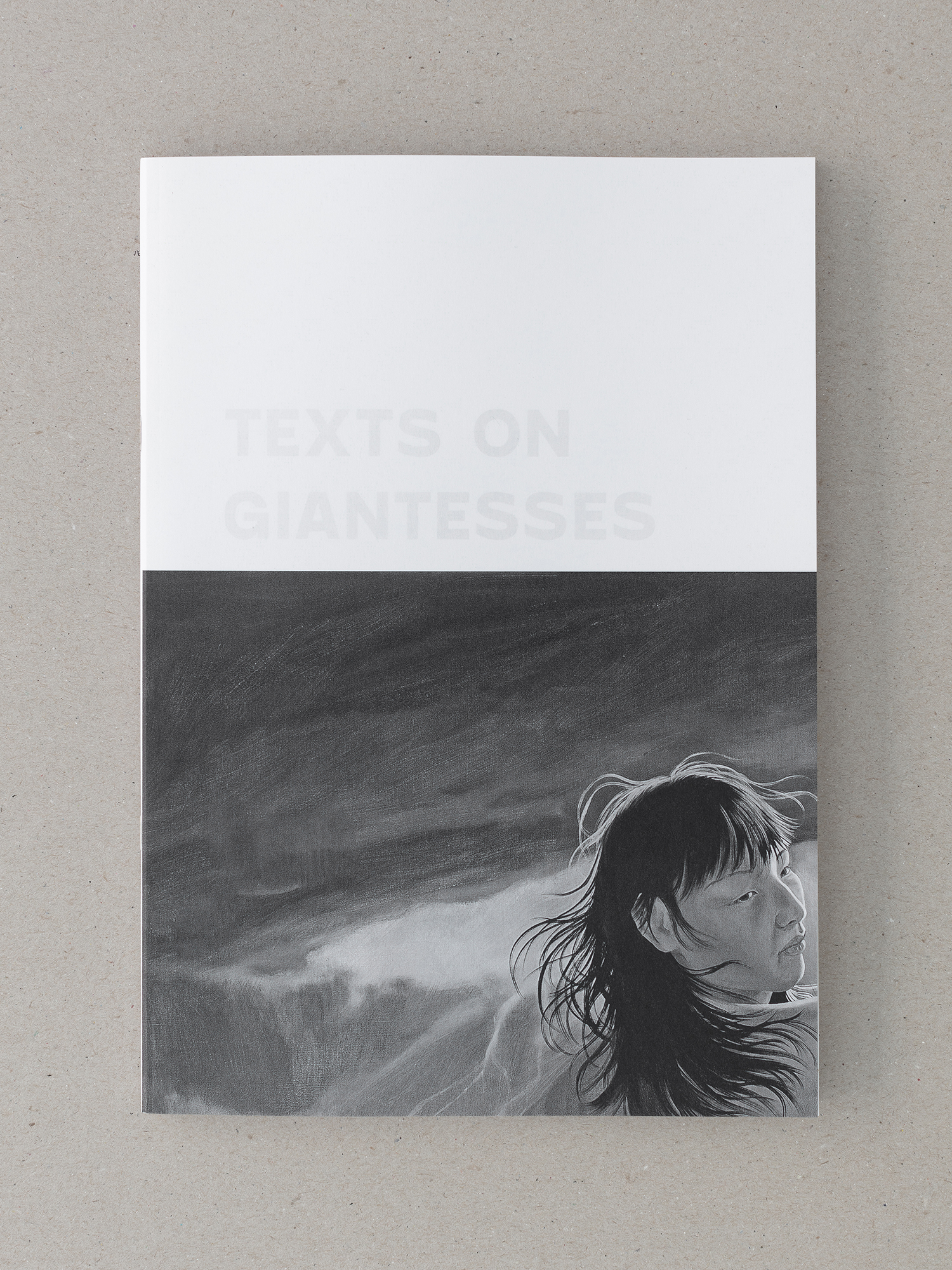 .
. 
